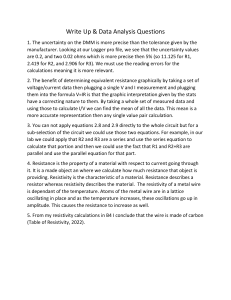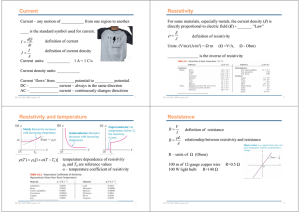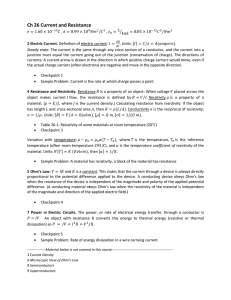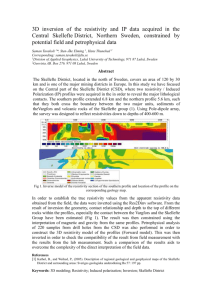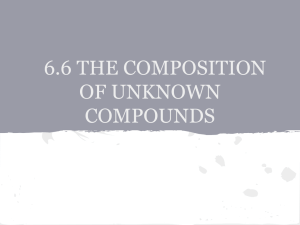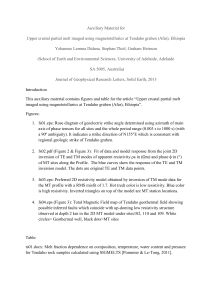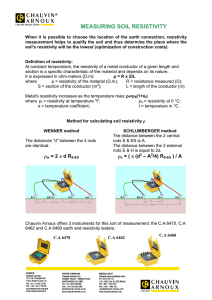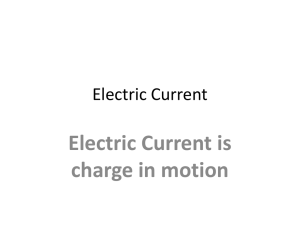Patterns Of Restivity Are Direct Hydrocarbon Indicators
advertisement
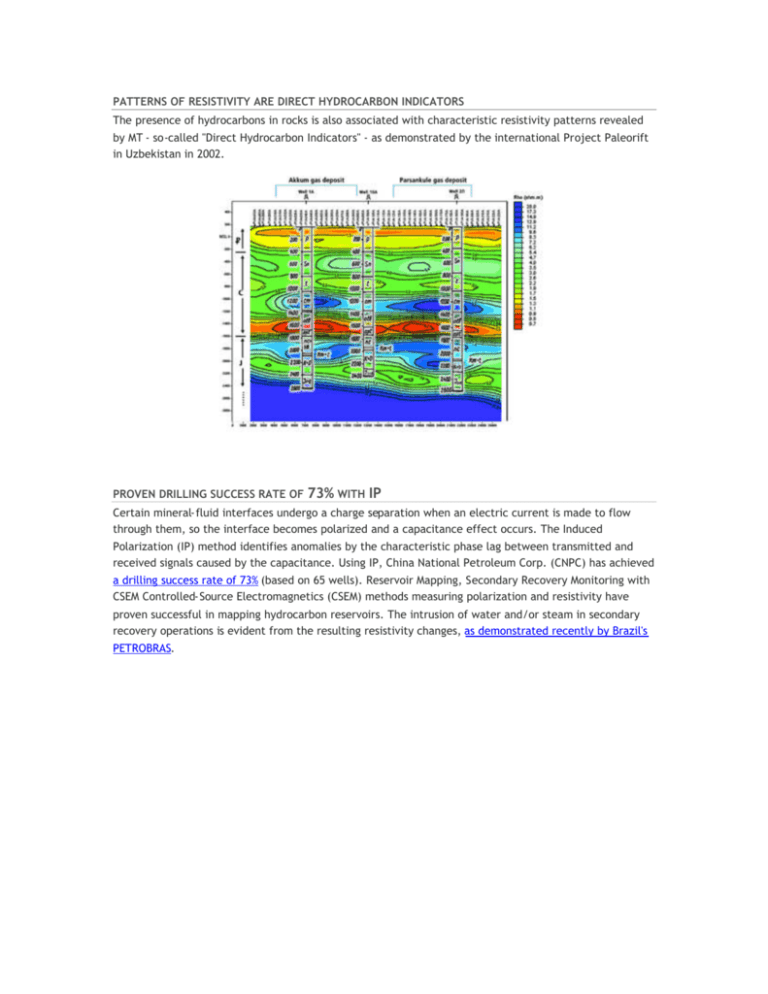
PATTERNS OF RESISTIVITY ARE DIRECT HYDROCARBON INDICATORS The presence of hydrocarbons in rocks is also associated with characteristic resistivity patterns revealed by MT - so-called "Direct Hydrocarbon Indicators" - as demonstrated by the international Project Paleorift in Uzbekistan in 2002. PROVEN DRILLING SUCCESS RATE OF 73% WITH IP Certain mineral-fluid interfaces undergo a charge separation when an electric current is made to flow through them, so the interface becomes polarized and a capacitance effect occurs. The Induced Polarization (IP) method identifies anomalies by the characteristic phase lag between transmitted and received signals caused by the capacitance. Using IP, China National Petroleum Corp. (CNPC) has achieved a drilling success rate of 73% (based on 65 wells). Reservoir Mapping, Secondary Recovery Monitoring with CSEM Controlled-Source Electromagnetics (CSEM) methods measuring polarization and resistivity have proven successful in mapping hydrocarbon reservoirs. The intrusion of water and/or steam in secondary recovery operations is evident from the resulting resistivity changes, as demonstrated recently by Brazil's PETROBRAS.

